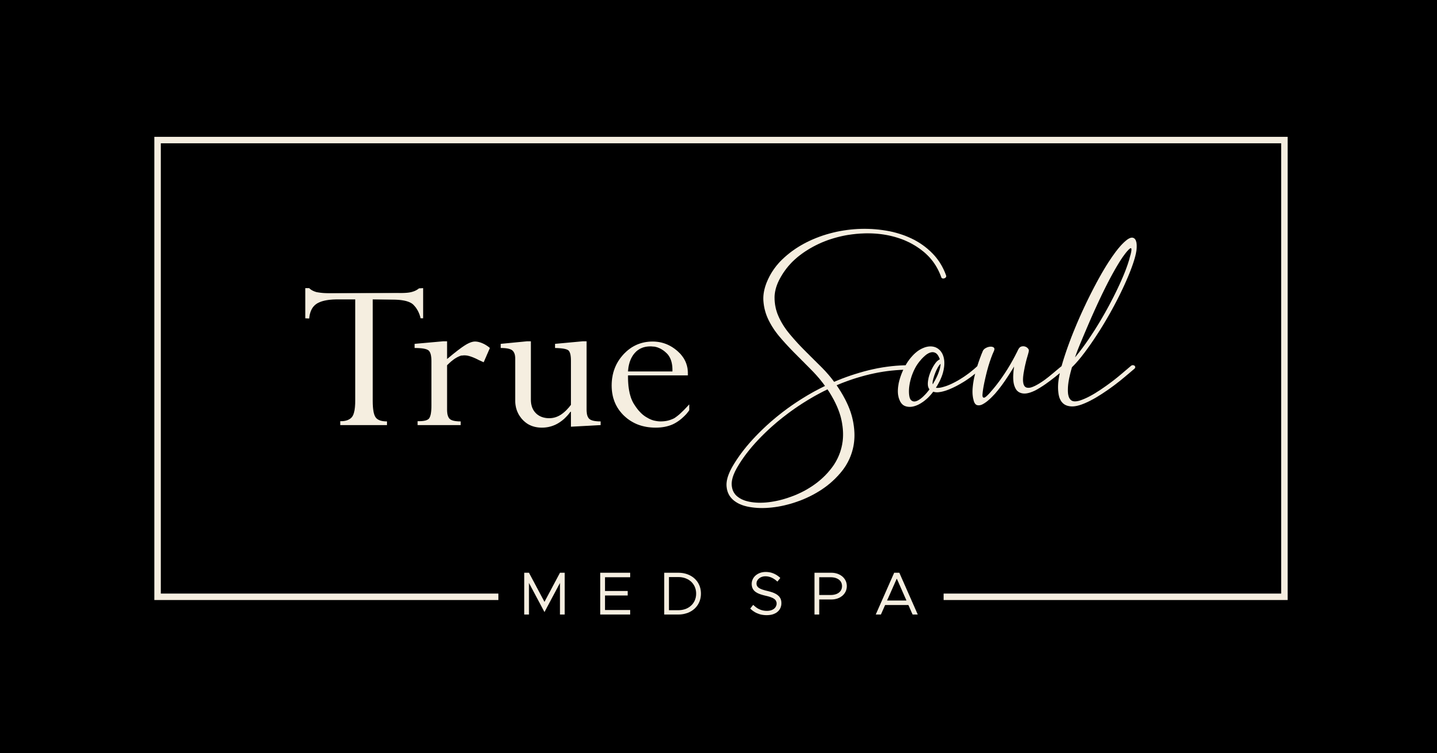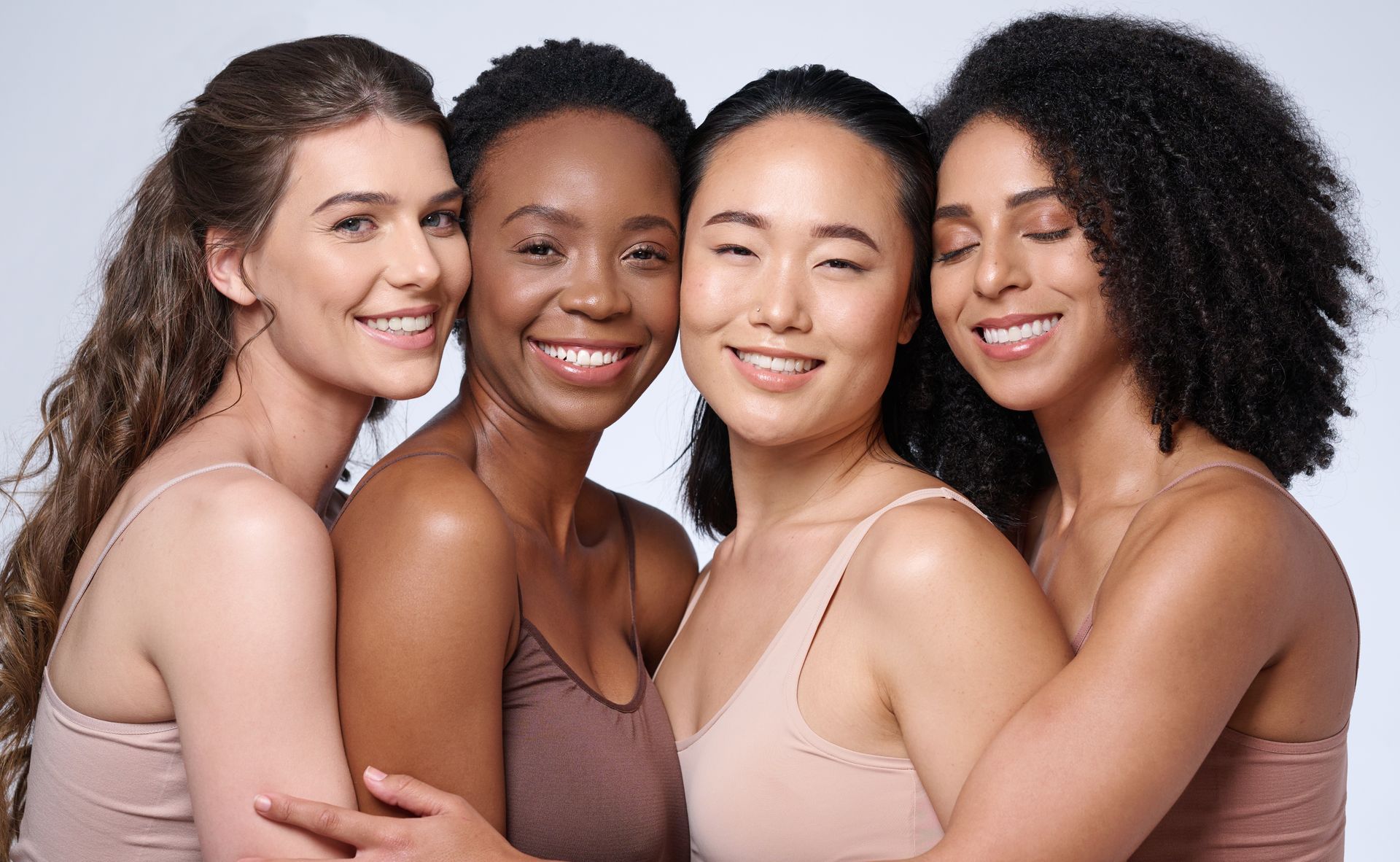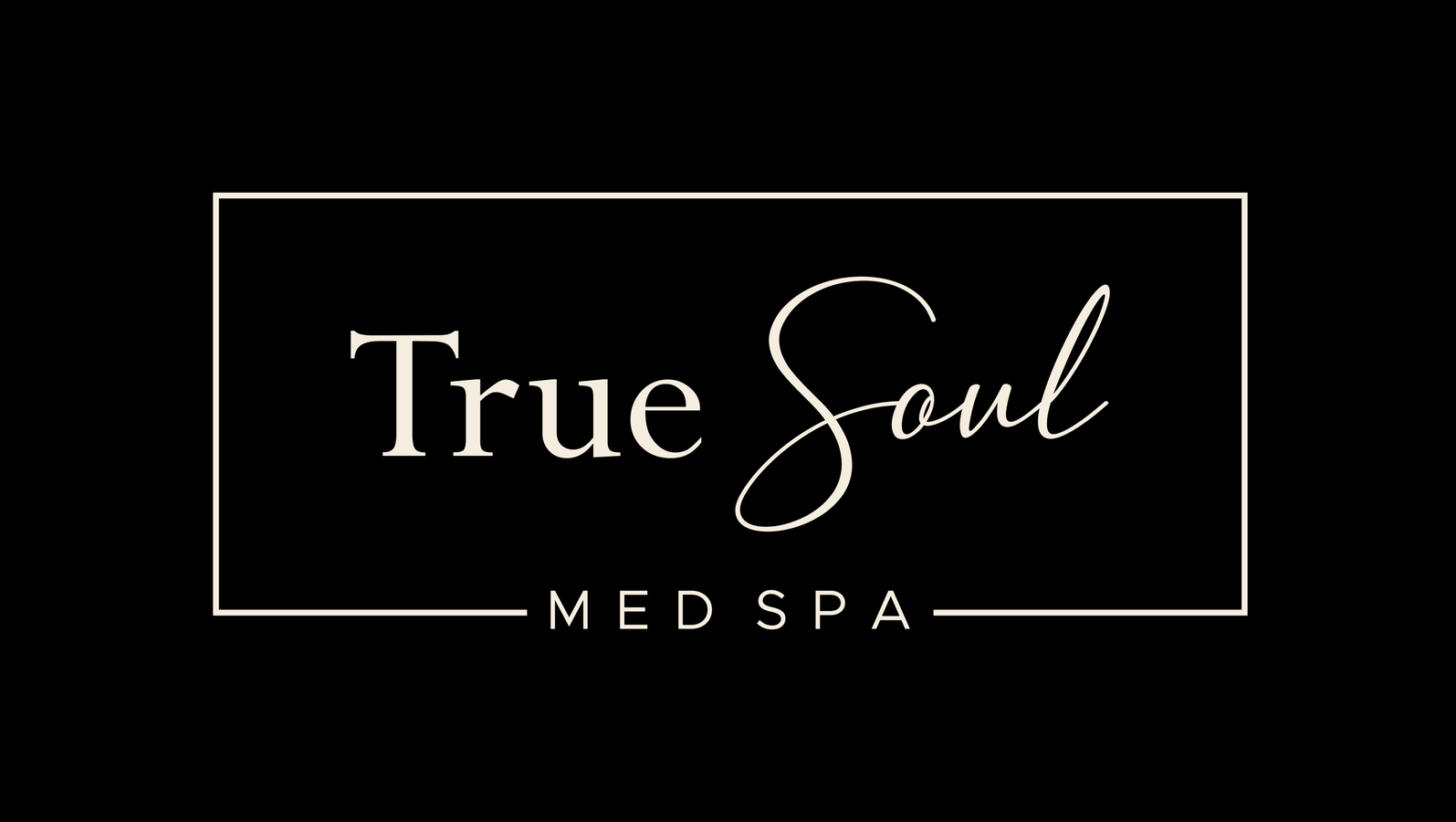The Difference Between Botox and Dermal Fillers
When it comes to anti-aging treatments, Botox and dermal fillers are two popular options that many people consider. While both treatments can help reduce the signs of aging, they work in different ways and target different concerns. In this blog post, we will explore the key differences between Botox and dermal fillers to help you make an informed decision about which treatment may be right for you.
What is Botox?
Botox, short for Botulinum toxin, is a neurotoxic protein that is injected into the muscles to temporarily paralyze them. It works by blocking the signals between the nerves and the muscles, preventing the muscles from contracting. This helps reduce the appearance of fine lines and wrinkles caused by repetitive muscle movements, such as frown lines, crow's feet, and forehead wrinkles.

What are Dermal Fillers?
Dermal fillers, on the other hand, are injectable substances that are used to add volume and plumpness to the skin. They are commonly used to fill in deep lines and wrinkles, restore lost facial volume, enhance lips, and contour the face. Dermal fillers are typically made of hyaluronic acid, a substance that occurs naturally in the body and helps retain moisture and add fullness to the skin.
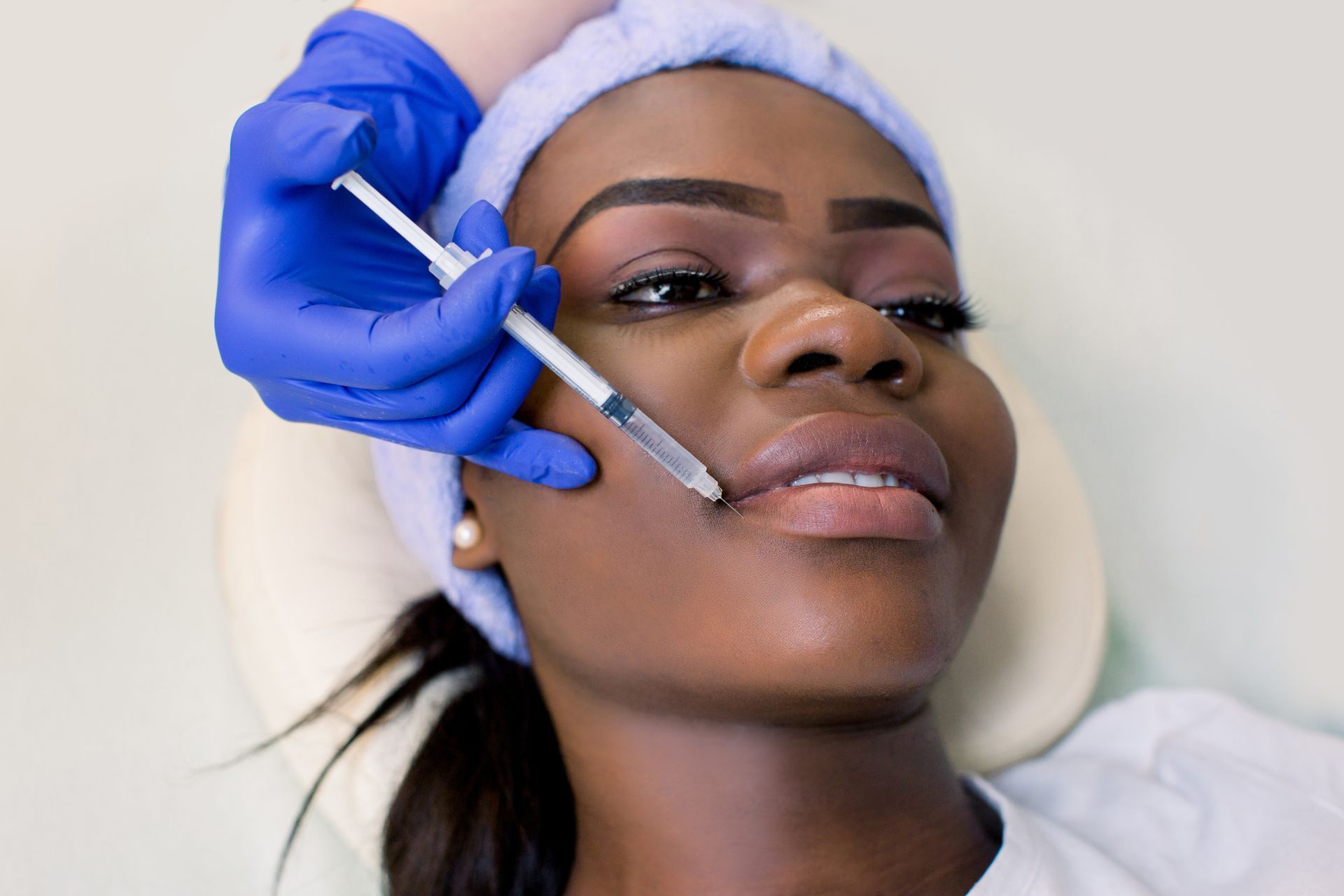
How They Work
Botox and dermal fillers work in different ways to achieve their desired effects. Botox targets the muscles that cause wrinkles and temporarily relaxes them, preventing the formation of new wrinkles and smoothing out existing ones. Dermal fillers, on the other hand, fill in wrinkles and add volume to the skin by physically plumping up the area where they are injected.
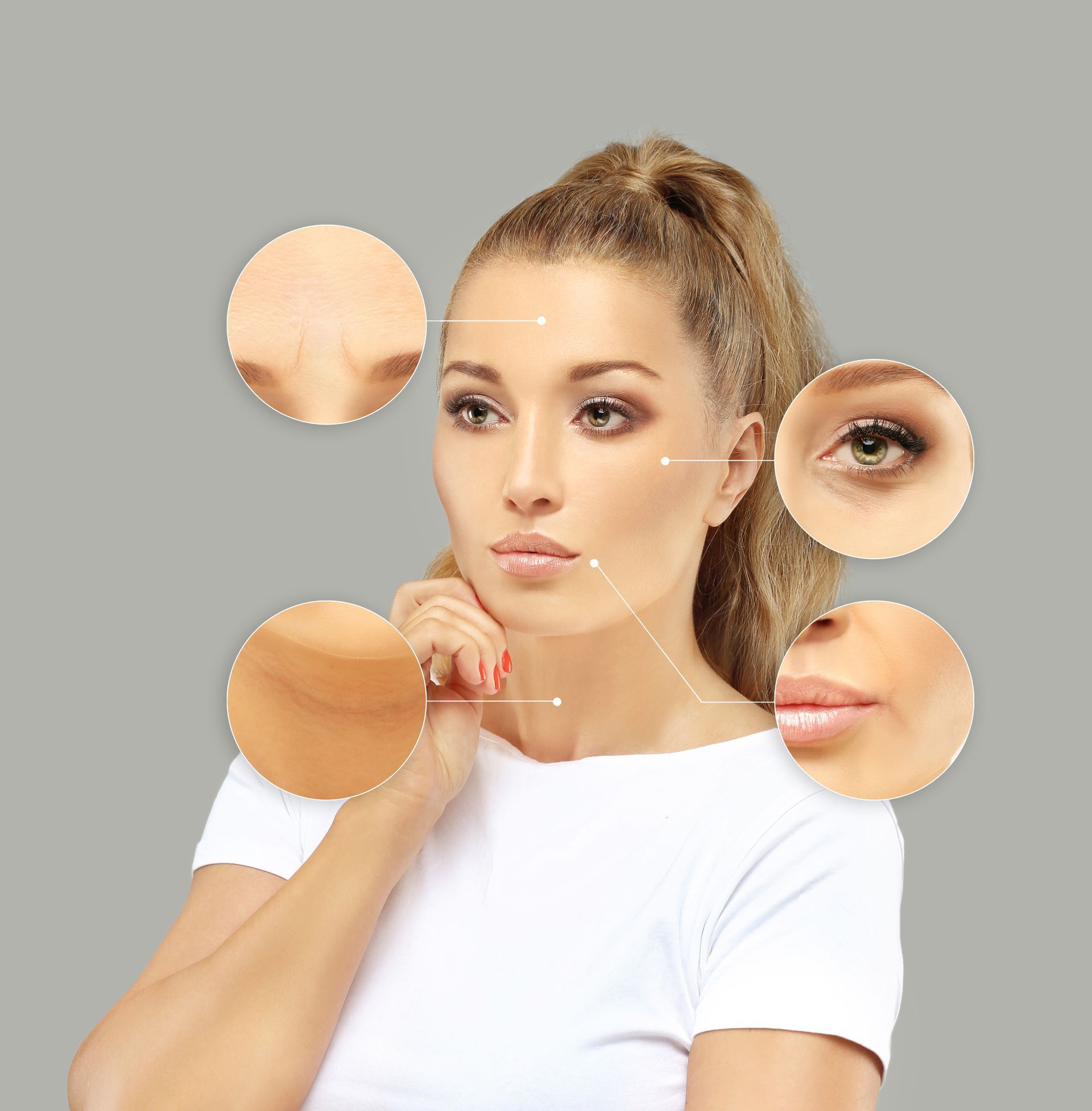
Treatment Areas
Botox is commonly used to treat dynamic wrinkles, which are wrinkles that appear when you make facial expressions. These include forehead lines, frown lines between the eyebrows, and crow's feet around the eyes. Dermal fillers, on the other hand, are often used to address static wrinkles, which are wrinkles that are present even when your face is at rest. They are also used to add volume to areas of the face that have lost fullness, such as the cheeks and lips.
Duration of Results
The duration of results varies between Botox and dermal fillers. Botox typically lasts for about 3-4 months before the effects gradually wear off and the muscles start to regain their movement. Dermal fillers, depending on the type used, can last anywhere from 6 months to 2 years. However, individual results may vary based on factors such as metabolism, lifestyle, and the specific product used.

Choosing the Right Treatment
Choosing between Botox and dermal fillers ultimately depends on your specific concerns and desired results. If you are primarily concerned with reducing the appearance of dynamic wrinkles, Botox may be the right choice for you. On the other hand, if you are looking to add volume and plumpness to areas of the face, dermal fillers may be more suitable. Consulting with a qualified medical professional is essential to determine the best treatment plan for your individual needs.
Conclusion
In summary, Botox and dermal fillers are both effective anti-aging treatments, but they work in different ways and target different concerns. Botox temporarily relaxes the muscles to reduce the appearance of wrinkles caused by muscle movements, while dermal fillers add volume and plumpness to the skin. Understanding the differences between these treatments can help you make an informed decision and achieve the desired results for a more youthful and refreshed appearance.
Share This Blog

